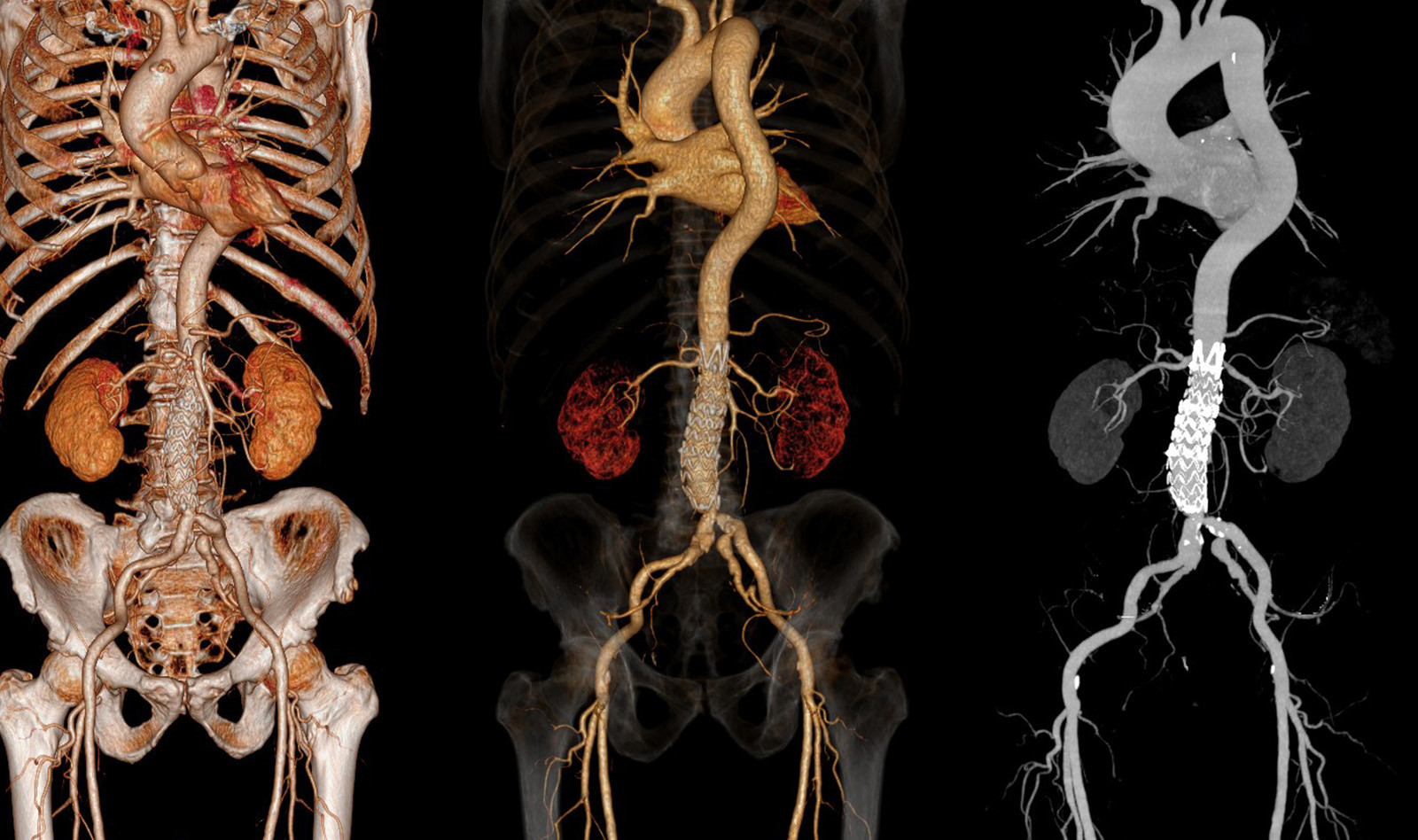Systematic Review & Meta‐Analysis: Is Contrast-Enhanced Ultrasound (CEUS) Superior to Computed Tomography Angiography (CTA) in Detection of Endoleaks in Post-EVAR Patients?
Source: Journal of Ultrasound (2019) 22:65–75
INTRODUCTION
Endovascular aortic aneurysm repair (EVAR) is currently considered a valid and safe alternative in patients with abdominal aortic aneurysm to open surgical repair. It has advantages over an open repair such as significant reduction in perioperative mortality and morbidity and shorter length of hospital stay. However, EVAR is also associated with complications such as postoperative complications such as persistent aneurysmal growth, new aneurysm formation, endoleaks, potential rupture, device thrombosis, migration or kinking.
Endoleaks, defined as presence of blood outside of the stented device within a sac, are the most common complications post-EVAR, with type II endoleak being most common among all types of endoleaks.
Given these complications, it is necessary to have long-term follow-up to have early detection of such complications and identify endoleaks and aneurysmal growth
The objective of this study was to assess the sensitivity and specificity of contrast-enhanced ultrasound (CEUS) when compared to the gold-standard CTA for the detection of endoleaks in patients after EVAR.
MATERIALS AND METHODS
Literature search strategy and inclusion criteria
PubMed, Ovid Medline, Scopus, and Embase databases were searched to identify all randomised and nonrandomized controlled trials comparing the use of contrast-enhanced ultrasound (CEUS) or computed tomography angiography (CTA) at the time of follow up for endovascular abdominal aorta repair (EVAR).
Selection criteria
Eligible articles included those who compared the sensitivity and specificity utilizing CEUS and/or CTA at time of follow up post-successful EVAR.
RESULTS
Of the initial 52 articles that were retrieved for assessment, 18 comparative studies satisfied the selection criteria. Mean follow-up time 8.6 ± 6.4 months in both groups.
The CEUS group had higher sensitivity than the CTA group (98% vs. 83% respectfully), but lower specificity (93% vs. 99% respectfully). There were higher rates of missed endoleaks in CTA cohort (n = 20) vs CEUS group (n = 12), and 50% of these endoleaks required reinterventions in the CTA cohort compared to no need for intervention in the CEUS group.
CONCLUSIONS
The author concluded that contrast-enhanced ultrasound scan has a higher sensitivity and comparable specificity to computed tomography angiography for detection of endoleaks post-EVAR.
They also suggest that CEUS can be used as safe and effective method in long-term screening during post-EVAR surveillance without exposing the patient for risk of radiation and contrast.
 English
English
 Español
Español 

